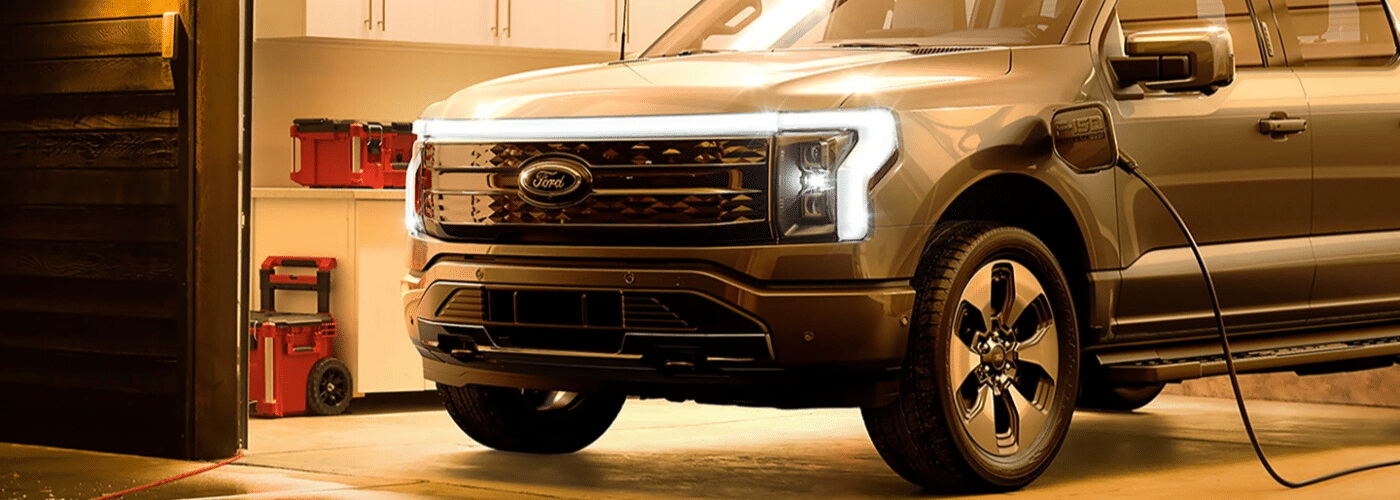How to Prepare Your Home for an Electric Vehicle

Are you thinking of buying a new Ford near Moose Jaw? The last thing drivers in the Weyburn area take into consideration is how to prepare your home for an electric vehicle. While EVs have many benefits — among them, a potential reduction in your carbon footprint and lower maintenance costs than most gasoline cars — one aspect of them that requires a bit of preparation is taking delivery of them. Namely, when you buy a new EV, you want to properly set up your electric vehicle home charger.
You may even want to go as far as purchasing electric vehicle charging batteries for those longer drives out past Estevan. You can rest assured that there are electric vehicle charging stations in the Regina area. However, electric vehicle home chargers will still probably be your primary method of EV charging for the foreseeable future. With that said, let’s delve into five easy steps you can take to prepare your house for a new Ford Escape Hybrid or an F-150 Lightning!
1. Decide on a Charging Level (AKA Charging Type)
If you haven’t already researched types of EV chargers, now is a good time to start. As a refresher, most electric vehicle home charger systems fall into Level 1 or Level 2. Here’s more information:
2. Prepare Your Garage
Do you still have to clean out or organize your garage? Now would be a good time to start! Make sure that you get your garage ready for an EV before you take delivery! You may wish to clean out clutter first if your garage has been used as a storage space for a long time.
3. Locate Your Power Panel & Assess Consumption
The power panel in your home distributes electricity throughout the entire building. It should be rated for a maximum amount of current flow measured in Amperes. Most new homes come with a 100 Amp power panel, but there should be an amperage rating printed on your main circuit breaker.
Warning: Make sure you perform a self-assessment of your electricity use before you install an EV charging system. You do not want to overload your electric distribution panel. An electrical overload can lead to fires, damaged equipment, and shortened lifespan of electronics connected to the system.
4. Hire an Electrician
Hiring an electrician is your next best step since you can discuss any concerns you have about your power consumption, adding EV charging, and using electric vehicle charging batteries on the go. You can also have them install a dedicated 240-volt plug or add a hardwired circuit back to the power panel. Usually, this costs a couple of hundred Canadian dollars, but could be up to $1,379 or $2,173 if it’s found that your power panel is not sufficient as-is and requires upgrading.
5. Purchase Your Charger & Have it Installed
Still haven’t decided which electric vehicle charging station you’re going to install in your home? This would be the time to do so and have it professionally installed by the electrician of your choice.
Get Educated on Electric Vehicles at Capital Ford Lincoln
Do you have additional questions about where to purchase electric vehicle charging batteries? Not sure where you can find public electric vehicle charging stations in the Regina area. Not to worry—simply contact us at Capital Ford Lincoln for more information on all things EV!

